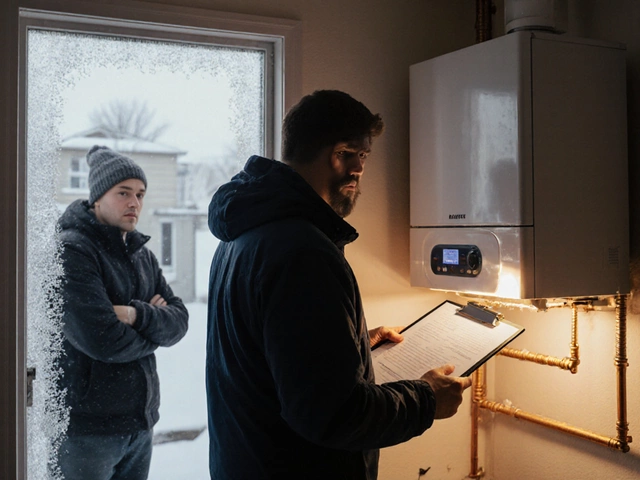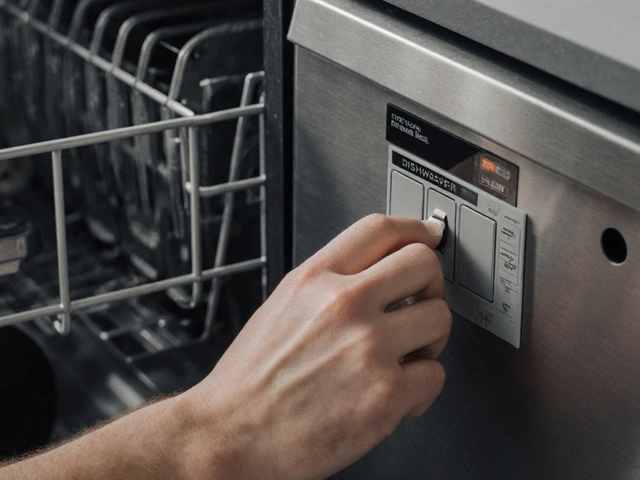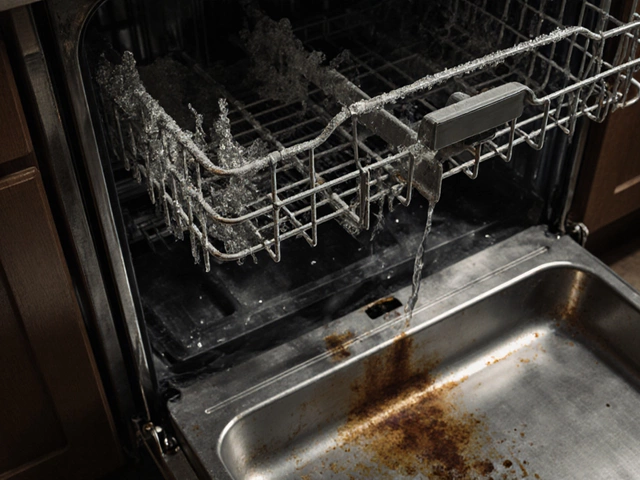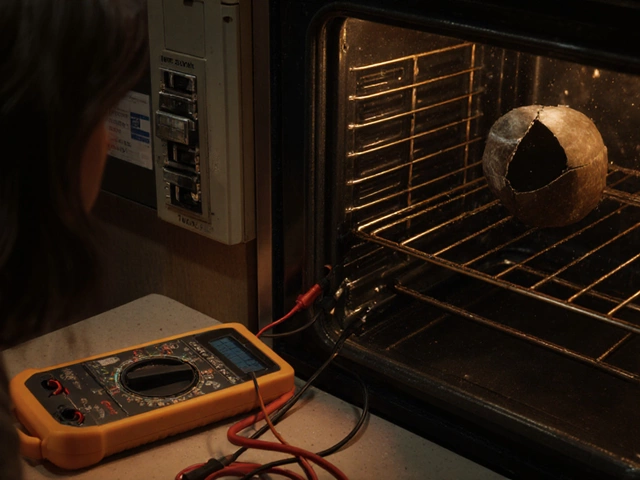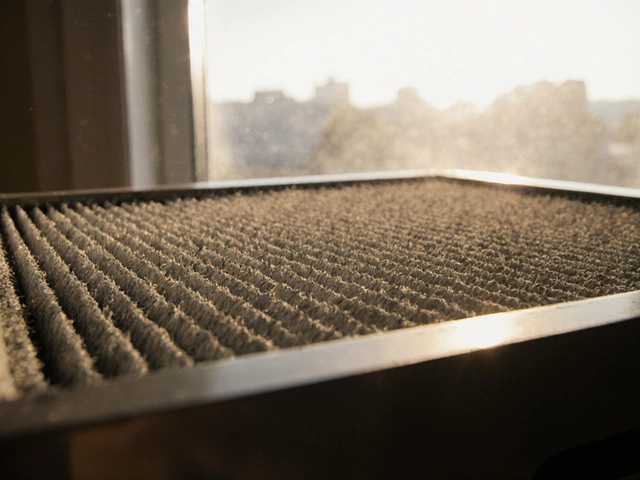Oven Repair vs Replacement Calculator
Input Your Details
Key Takeaways
- A 20‑year‑old electric oven can often be repaired, but parts availability and cost matter.
- Common failure points include heating elements, thermostats, control boards, and door seals.
- Compare repair estimates with the price of a new, energy‑efficient model before deciding.
- Professional diagnosis is worth the fee when safety or major components are involved.
- Regular maintenance can extend the life of an older oven, even after a major fix.
When you ask, electric oven is a kitchen appliance that uses electric heating elements to bake and roast food. If yours has been heating meals for two decades, you’re probably wondering if it’s worth the time and money to fix it. Below we break down the most practical way to answer that question.
Understanding the Typical Lifespan of an Electric Oven
Manufacturers usually rate an electric oven for about 12‑15 years of reliable service. That figure assumes normal use, regular cleaning, and occasional professional servicing. After 20 years, you’re already past the expected useful life, which means wear‑and‑tear is inevitable. However, “expected” doesn’t equal “impossible.” Many ovens keep going if the core components are still functional and replacement parts exist.
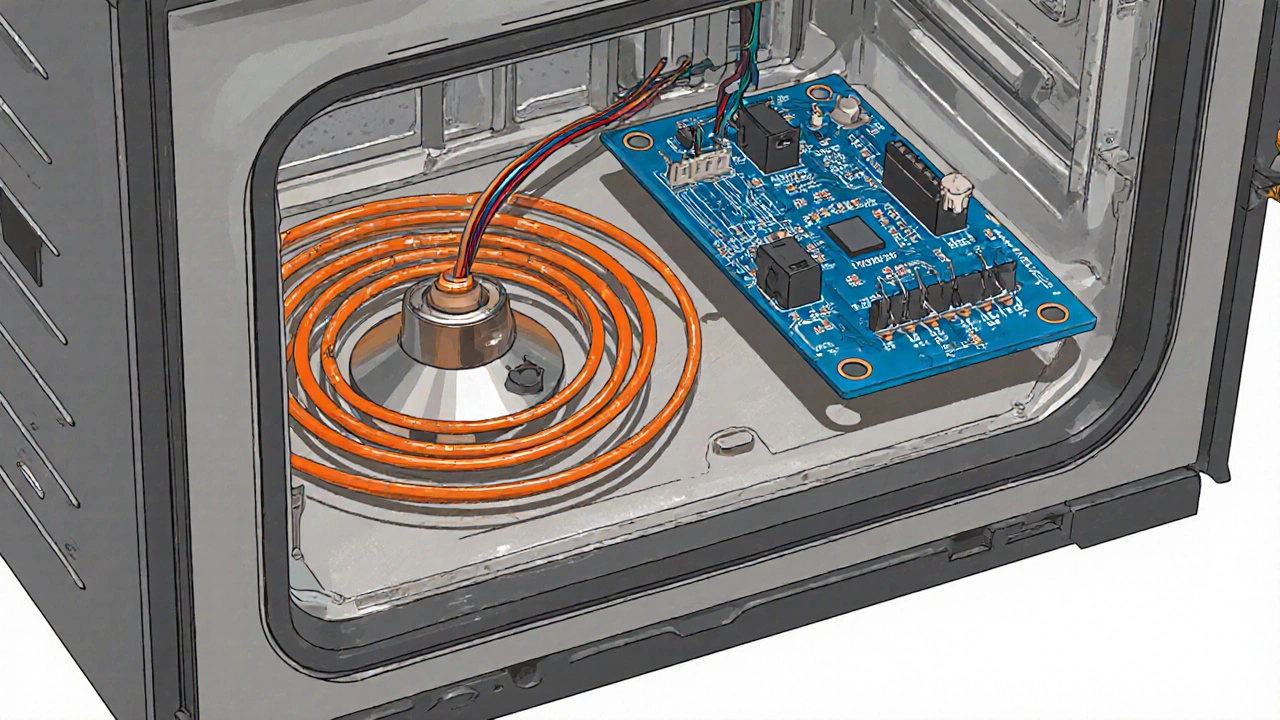
Common Failure Points in a 20‑Year‑Old Oven
Knowing where an old oven usually gives up helps you diagnose quickly. The most frequent culprits are:
- Heating Element is a resistive coil that converts electricity into heat. Over time the coil can crack or become coated with mineral deposits, leading to uneven or no heat.
- Thermostat is a temperature sensor that tells the oven when to turn the heating element on or off. A faulty thermostat may cause the oven to stay too hot or never reach temperature.
- Control Board is a electronic circuit that interprets user settings and controls the heating cycle. Modern ovens rely heavily on these boards; a bad solder joint can make the whole unit unresponsive.
- Oven Door Seal is a rubber gasket that prevents heat loss. A cracked seal forces the oven to work harder, increasing energy use and shortening component life.
- Power Supply is a circuit that delivers the correct voltage to the oven. Loose connections or aged wiring can cause intermittent operation.
How to Evaluate Repair Feasibility
Before you call anyone, run through this quick self‑check:
- Visual inspection: Open the back panel (after unplugging) and look for burnt wires, corroded terminals, or broken seals.
- Symptom list: Note whether the oven won’t heat, heats unevenly, shows error codes, or has a dead display.
- Parts check: Search the model number online to see if heating elements, thermostats, or control boards are still listed by the manufacturer or third‑party suppliers.
- Safety test: If you smell burning or see sparks, shut it off immediately and skip DIY - call a professional.
If the parts are still produced and the issue is limited to one component, repair is usually sensible. If multiple major parts are failing, you might be looking at a total replacement.
Cost Comparison: Repair vs. Replace
Below is a simple side‑by‑side view of typical expenses in 2025. All numbers are averages for a 30‑inch electric wall oven in the United States.
| Scenario | Typical Cost | Energy Impact | Downtime | Long‑Term Outlook |
|---|---|---|---|---|
| Single part repair (e.g., heating element) | $120‑$250 (parts + labor) | Neutral - same efficiency as before | 1‑2 days | Potential 5‑7 more years if other parts hold up |
| Control board replacement | $300‑$450 | Neutral | 2‑3 days | Usually adds 3‑5 years |
| Full appliance replacement (energy‑efficient model) | $900‑$1,500 | Up to 30% lower energy use | Same day (if stocked) | 10‑15 years warranty |
| Combination repair (multiple major parts) | $600‑$800 | Neutral | 3‑5 days | Uncertain - may still fail within a few years |
Use this table as a sanity check. If the repair estimate creeps close to the price of a new, energy‑efficient oven, replacing may make more sense financially and environmentally.
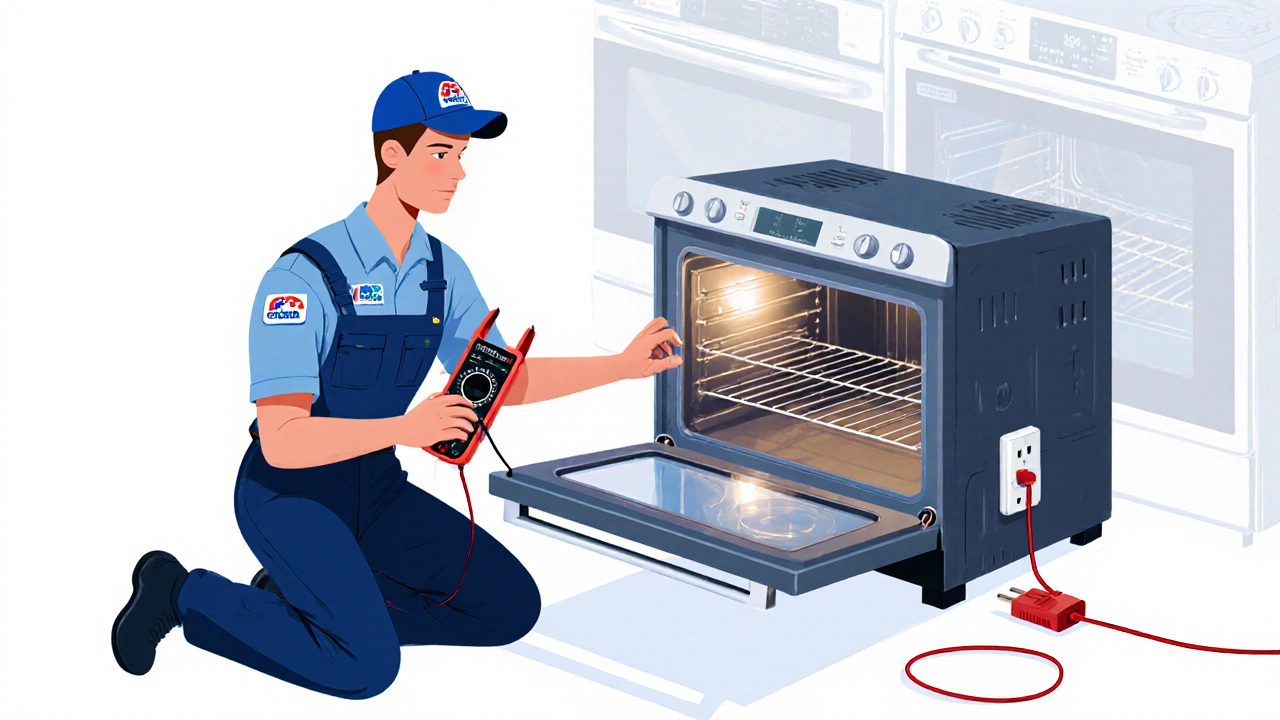
Finding the Right Professional
When the issue involves the control board, wiring, or gas conversion (if you have a dual‑fuel unit), you’ll need a qualified Appliance Repair Technician who holds certifications and insurance for working on high‑voltage kitchen equipment. Here’s how to vet one:
- Check for a valid North American Technician Excellence (NATE) or equivalent certification.
- Ask for a written estimate that breaks down parts, labor, and any travel fees.
- Read reviews that specifically mention oven work-not just general appliance repairs.
- Confirm they follow local electrical codes; a reputable tech will pull permits if required.
Extending the Life of Your Repaired Oven
Even after a successful fix, a 20‑year‑old oven needs extra care to avoid a quick second failure. Follow these habits:
- Clean the interior and the bottom of the oven after each use to prevent food debris from scorching the heating element.
- Inspect the door seal quarterly; replace it if you notice cracks or loss of flexibility.
- Use the oven’s self‑clean feature sparingly-high heat cycles can stress older wiring.
- Run a calibration test every six months: place an oven thermometer inside and compare the reading to the set temperature; adjust if off by more than 10°F.
- Consider installing a smart plug with surge protection to shield the control board from voltage spikes.
These small steps can add another 3‑5 years of service, making that repair decision pay off.
Frequently Asked Questions
Is it safe to repair an old electric oven yourself?
If the problem is limited to a heating element or a loose door seal, a confident DIYer can replace those parts safely. For any issue involving the control board, wiring, or gas connections, you should hire a certified technician. Electricity at 240V can cause serious injury, and improper repairs may lead to fire hazards.
Where can I find replacement parts for a 20‑year‑old oven?
Start with the original manufacturer’s website; many keep legacy part numbers for up to 25 years. If the OEM no longer supplies them, specialty appliance part distributors, e‑bay, or local appliance repair shops often stock compatible components. Always verify the part number matches your model before ordering.
How much does a typical repair cost for an old oven?
A single‑part repair (like a heating element) usually falls between $120 and $250, including labor. More complex fixes involving the control board or wiring can climb to $300‑$450. If the estimate reaches $600‑$800, it’s time to compare that against the price of a new, energy‑efficient model.
Will a new oven be more energy‑efficient than my old one?
Yes. Modern electric ovens meet ENERGY STAR standards and consume up to 30% less electricity than models from the early 2000s. The savings become noticeable on a monthly bill, especially if you bake or roast frequently.
What are the signs that an oven is beyond repair?
Multiple major components failing simultaneously (e.g., heating element, thermostat, and control board), extensive rust inside the cavity, or a burnt smell from the wiring are strong indicators. Also, if parts are no longer manufactured or the repair estimate exceeds 70% of a new oven’s cost, replacement is the smarter choice.
Bottom line: a 20‑year‑old oven can be repaired, but the decision hinges on parts availability, safety, and total cost versus the benefits of a modern, energy‑saving replacement. Use the checklist, get a professional quote, and weigh the numbers. If the repair cost stays under $300 and the oven still runs well after the fix, you’ll likely enjoy a few more years of baked goodies without breaking the bank.





